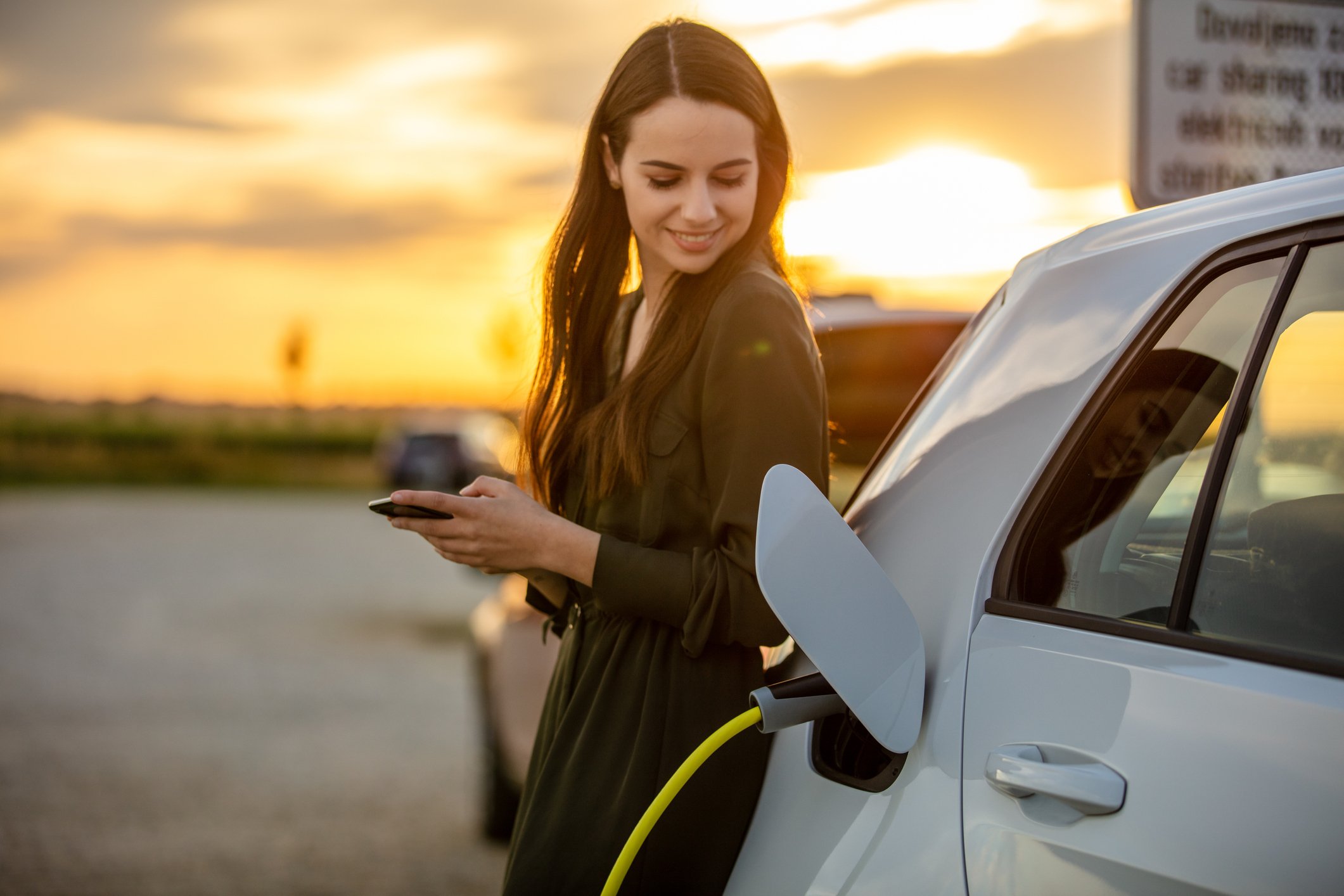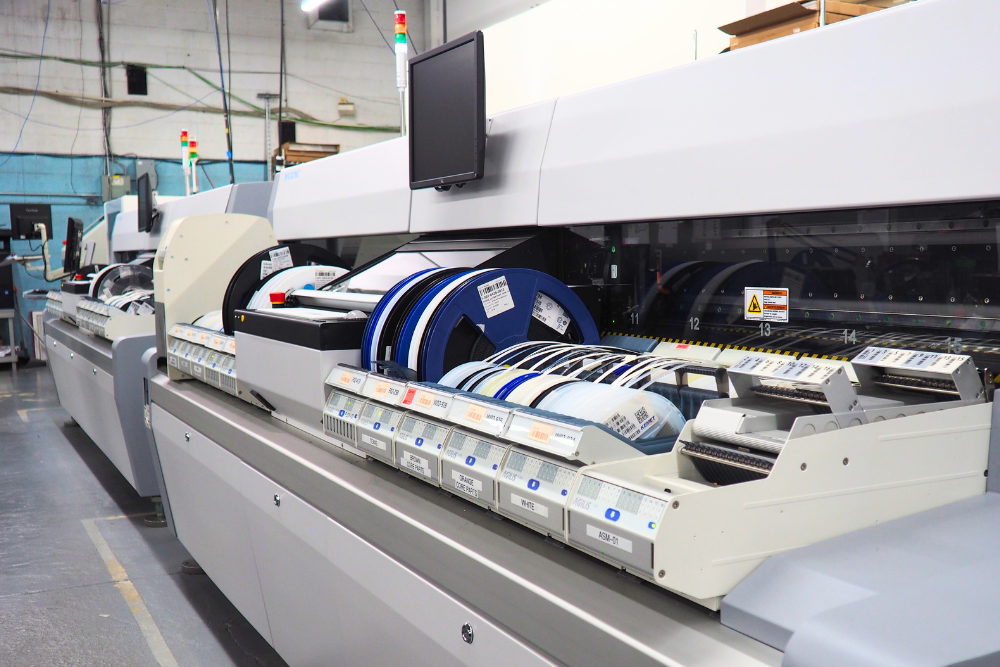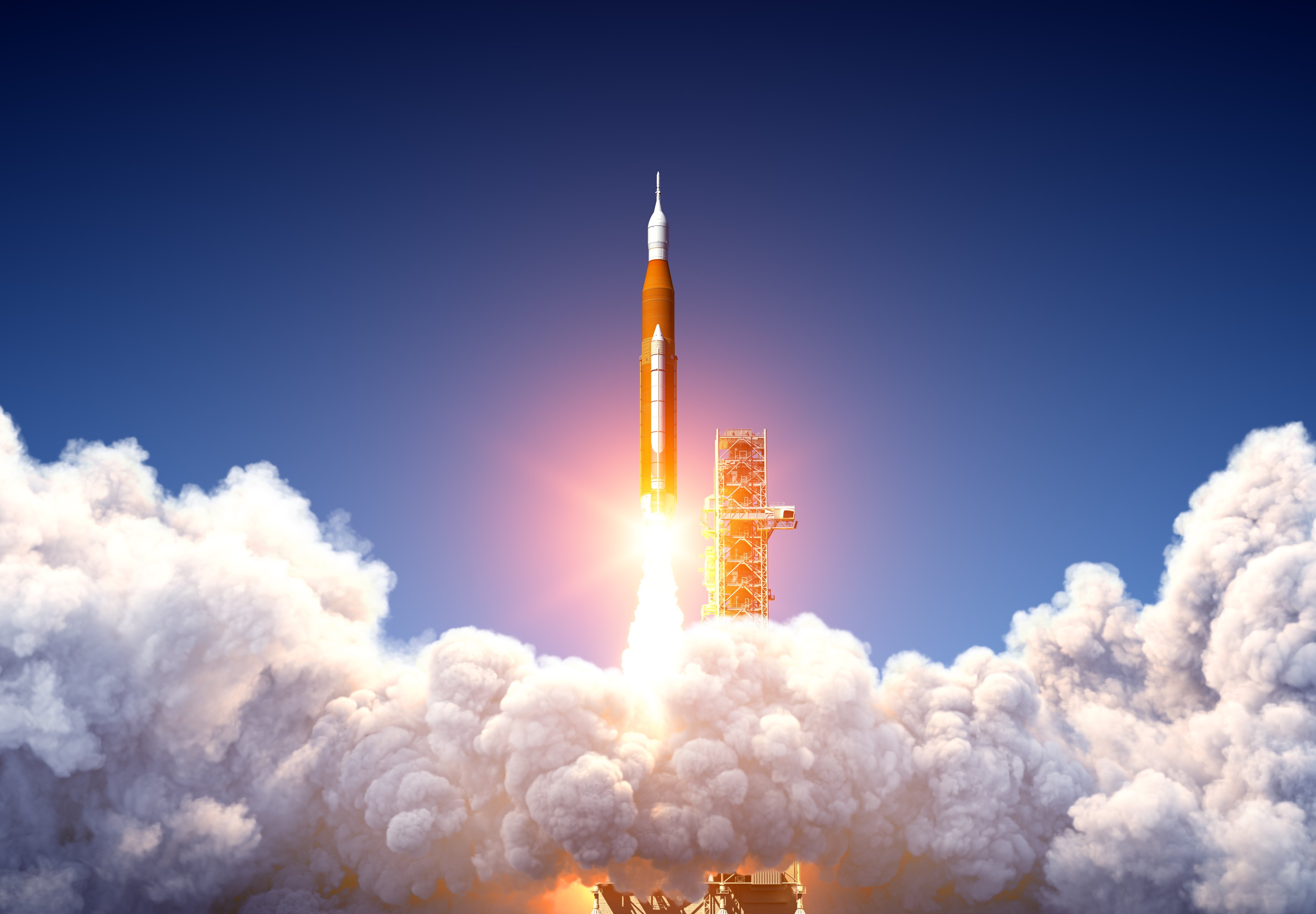Unless it starts actually reusing them soon, SpaceX is going to need to build bunk beds to house its growing supply of reusable but un-reused rockets. Image source: SpaceX.
SpaceX, the space exploration start-up established by Tesla Motors CEO Elon Musk, has successfully landed four of the last six rockets it launched.
To recap, SpaceX's last six missions included:
- The Orbcomm mission, launched to low earth orbit (LEO) and landed at the spaceport on Dec. 21, 2015
- Jason-3, launched to LEO and failed landing at sea on Jan. 17, 2016.
- SES-9, launched to geostationary orbit (GEO, which is similar to geostationary transfer orbit, or GTO, in altitude) and failed landing at sea on March 4, 2016.
- CRS-8, launched to resupply the International Space Station in LEO and landed at sea on April 8, 2016.
- JCSAT-14, launched to GTO and landed at sea on May 6, 2016.
- Thaicom 8, likewise launched to GTO and landed at sea on May 27, 2016.
These weren't mere test flights to prove the concept of rocket reusability. These rockets delivered actual payloads to Earth orbit, and their subsequent landings were secondary objectives.
Be that as it may, it's the landings that are making all the headlines, and rightly so. As of today, you can just about round up SpaceX's successful landing percentage and say that Elon Musk has hit his goal of relanding seven out of every 10 rockets it launches.
But what about relaunching them?
Reusability: Theory ...
In theory, every Falcon 9 first-stage rocket that SpaceX launches these days is supposed to be reusable. After delivering its payload, the company tries to reland it either on land or at sea, on a remote-controlled drone barge.
Landing on land is hard enough, and SpaceX spent years perfecting the process on its Grasshopper test-bed before ever trying it with Falcon. Landing at sea is even harder, and cost SpaceX four rocketships before it finally got it right -- and SpaceX is the first company to ever get it right. Once landed, though, SpaceX says it should be able to recondition a rocket, refuel it, and send it right back up to space again. In practice, however, SpaceX has yet to reuse any of its recovered rockets.
But someone else has.
... and practice
Musk originally planned to relaunch one of his Falcon 9s "around May or June" of this year, a prediction he made after the first successful sea landing, CRS-8. This week, however, he tweeted a postponement to that target. The first Falcon relaunch is now expected no sooner than "Sept/Oct" 2016. Thus, reflight might not take place until July or August.
Meanwhile, Musk's new space nemesis, rival billionaire Jeff Bezos, is already planning his fourth straight flight with a single rocket launcher, Blue Origin's New Shephard. (Boeing (BA +1.83%) and Lockheed Martin (LMT +1.13%) are so 20th century),
So far, New Shephard -- the suborbital launch rocket that Blue Origin is testing for use in "space tourism" -- has already launched to the edge of space three times and returned to land safely on Earth each time. Last week, Blue Origin announced that it will launch New Shephard again "before the end of the month," to test the vessel's ability to land successfully despite a pre-planned catastrophic failure.
Blue Origin intends to intentionally sabotage one of New Shephard's main parachutes, used to decelerate the craft before its final retro rocket landing, so that it will fail to open. This could result in a hard landing of the craft, permitting Blue Origin to assess any damage the craft incurs to its "two-stage crushable structure that absorbs landing loads," as well as to the "seats that use a passive energy absorbing mechanism to reduce peak loads" on future passengers.
Incidentally, a successful mission will mean Blue Origin notches four trips to space and back.
Back and forths aside, these companies are all pointing in the same direction: up
Critics may charge -- correctly -- that Blue Origin still hasn't landed a rocket after reaching orbital speeds, while Musk and SpaceX have. But give credit where credit is due: Boeing and Lockheed Martin, the twin titans of spaceflight, can't reland their orbital-speed rockets, either.
Fun as it is to paint these companies' efforts as a horse race, the truth is that each of them is expanding our space frontiers in its own way. Boeing and Lockheed continue to do the heavy lifting of putting government satellites in orbit, even as they assist NASA with its planned first manned mission to Mars. SpaceX is moving Mars-ward too, while working to relentlessly lower the cost of spaceflight here on Earth. And Blue Origin is demonstrating to the world that yes, Virginia, it is really is possible to reuse reusable space rockets -- to launch them, relaunch them, and rerelaunch them, and land them safely every time.
So whether you're an Elon Musk fan or a Bezos backer, let's all cheer along when, later this month, Blue Origin attempts to set a new record in spaceflight -- four straight space flights with just one spaceship.
And then, sure, let's see if SpaceX can reuse its Falcon 9 at least once, before Blue Origin gets to No. 5.

Blue Origin's New Shephard -- the world's first reused reusable rocket. Image source: Blue Origin.






